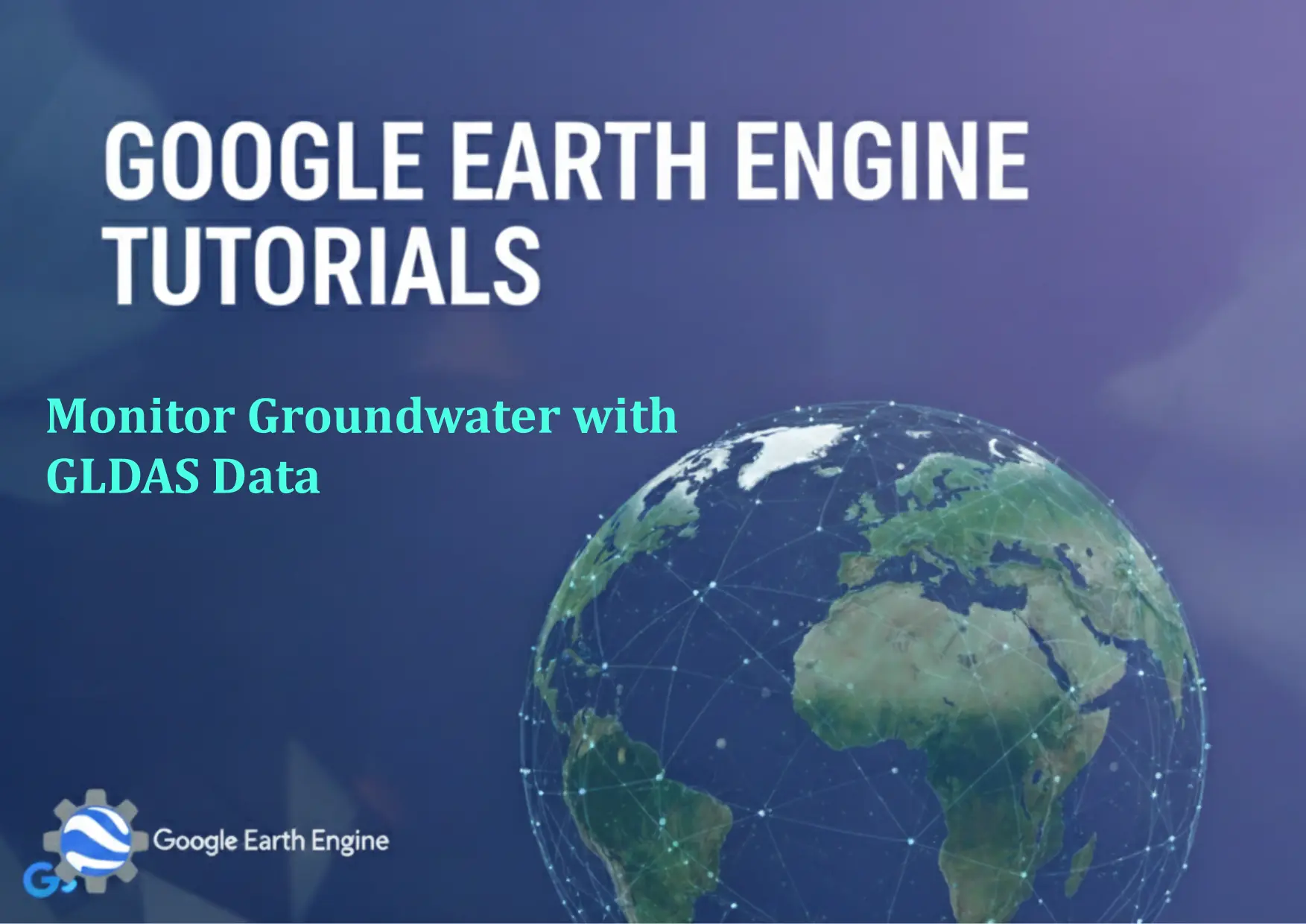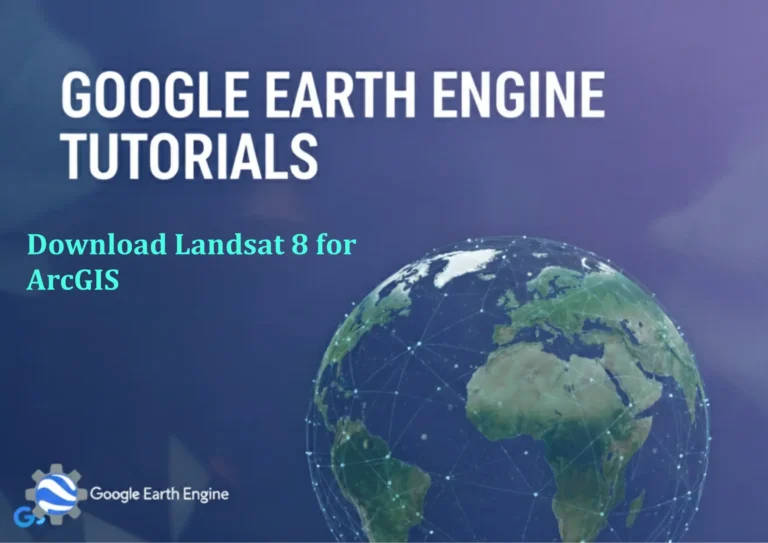Google Earth Engine Tutorial: Monitor Groundwater with GLDAS Data
Credit: Youtube Channel “Terra Spatial, Learn how to perform groundwater monitoring and analysis using GLDAS dataset in Google Earth Engine.”
You can see all the tutorials from here: Techgeo Academy.
Introduction to Monitoring Groundwater with GLDAS Data in Google Earth Engine
Google Earth Engine (GEE) provides powerful tools for environmental monitoring, including access to hydrologic datasets like the Global Land Data Assimilation System (GLDAS). GLDAS data offers simulated groundwater levels, soil moisture, and other hydrological parameters, making it ideal for analyzing water resource trends. This tutorial will guide you through loading, visualizing, and analyzing GLDAS groundwater data in GEE.
Step 1: Access GLDAS Data in Google Earth Engine
To start, load the GLDAS dataset using the following code:
var gldas = ee.ImageCollection('GLDAS/NOAH025/MONTHLY');
This dataset includes monthly averages of variables such as “Groundwater” (GW), “Soil Moisture” (SM), and “Evapotranspiration” (ET). Select a specific date range and region of interest to filter the data.
Filtering by Date and Region
Use the filterDate() and filterBounds() functions to narrow your results:
var filteredGldas = gldas.filterDate('2020-01-01', '2023-12-31')
.filterBounds(geometry);
Step 2: Visualizing Groundwater Data
Once filtered, visualize the groundwater data on the map:
Map.addLayer(filteredGldas.select('GW'), {min: 0, max: 100}, 'Groundwater Levels');
Adjust the visualization parameters using min and max values to highlight variations in groundwater levels across your region of interest.
Step 3: Time Series Analysis
To analyze groundwater trends over time, create a time series by selecting a specific pixel or region:
var timeSeries = filteredGldas.select('GW').timeSeries();
Plot the time series using the GEE Code Editor’s built-in chart tools:
var chart = ui.Chart.image.series(timeSeries, geometry, 'mean', 1000);
chart.setOptions({title: 'Groundwater Levels (2020-2023)'});
print(chart);
Step 4: Comparing with Other Datasets
Enhance your analysis by comparing GLDAS groundwater data with other datasets like NDVI or precipitation:
var precipitation = ee.ImageCollection('NASA/GPM_GHMA');
var combinedData = gldas.merge(precipitation);
This allows you to identify correlations between groundwater levels and environmental factors.
Step 5: Exporting Results
Export the processed data as a GeoTIFF or CSV for offline analysis:
Export.image.toDrive({
image: filteredGldas.select('GW'),
description: 'groundwater_export',
folder: 'GEE_Exports',
fileNamePrefix: 'gldas_groundwater',
region: geometry,
scale: 25000,
maxPixels: 1e10
});
FAQ
What is GLDAS data?
GLDAS (Global Land Data Assimilation System) provides simulated land surface data using models and satellite observations, including groundwater levels, soil moisture, and evapotranspiration.
How accurate is GLDAS groundwater data?
GLDAS data is a modeled product and may not match in-situ measurements exactly. It is best used for regional trends and should be validated with local data when needed.
Can I use GLDAS data for areas outside the US?
Yes, GLDAS covers global regions, but ensure your region of interest aligns with the dataset’s spatial resolution and coverage.
What if I encounter errors while loading the dataset?
Check the dataset’s documentation for variable names and spatial resolution. Ensure your geometry is correctly defined and your GEE account has access to the dataset.
Why is time series analysis important for groundwater monitoring?
Time series analysis reveals seasonal trends, long-term changes, and anomalies in groundwater levels, which are critical for understanding water stress and sustainability.






